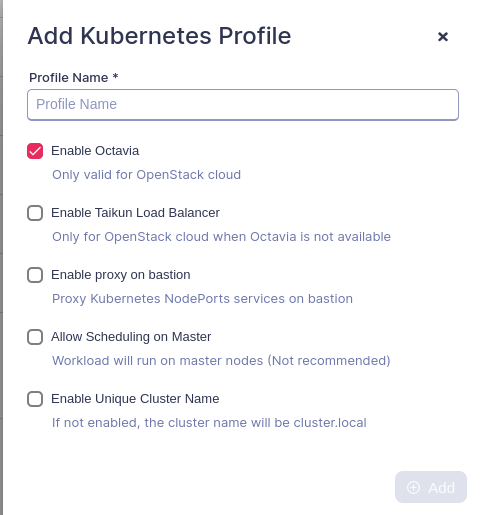In the simplest terms, a load balancer is a tool that distributes incoming network traffic across multiple servers or resources. The main purpose of a load balancer is to help increase the availability and scalability of web applications or services.
When a web application or service receives a large volume of traffic, having a single server handle all of those requests can quickly become overwhelming. A load balancer solves this problem by spreading the traffic across multiple servers, preventing any one server from becoming overloaded.
There are several types of load balancers, including software-based load balancers that run on a server, and hardware-based load balancers that are often used in large-scale data centers. Cloud providers like Amazon Web Services, Microsoft Azure, and Google Cloud Platform also offer load balancing services that can be easily integrated with their cloud infrastructure.




The Openstack Octavia Octavia and Neutron LBaaS. Octavia is a more advanced and scalable option that can handle complex load-balancing scenarios, such as container orchestration with Kubernetes. Neutron LBaaS is simpler and more straightforward, making it a good choice for smaller deployments.
On Taikun, you can use TaikunLB if your Openstack doesn’t support Octavia. You can enable TaikunLB when creating a Kubernetes Profile. You can find more information about Kubernetes Profile here.




The Amazon Elastic Load Balancer (Amazon ELB) AWS provides three types of ELBs – Classic Load Balancer, Application Load Balancer, and Network Load Balancer. Classic Load Balancer is the original load-balancing service from AWS and provides basic functionality. Application Load Balancer and Network Load Balancer are more advanced options with features such as content-based routing, SSL offloading, and IP-based routing.


The Azure Load Balancer (ALB) Azure Load Balancer is a layer-4 load-balancing service that can distribute traffic across multiple virtual machines or availability sets. It can handle TCP and UDP traffic, and supports port forwarding and outbound connections.


The Google Cloud Load Balancer Google Cloud offers several types of load balancers, including HTTP(S) Load Balancer, TCP/UDP Load Balancer, and Internal Load Balancer. HTTP(S) Load Balancer is a global load-balancing service that can handle HTTP and HTTPS traffic, while TCP/UDP Load Balancer is a regional load-balancing service that can handle non-HTTP traffic.
Load Balancer is an essential tool for managing large-scale Kubernetes deployments. It can help you ensure that your application is always available, scalable, and performing at its best. For more information, access our Documentation.





